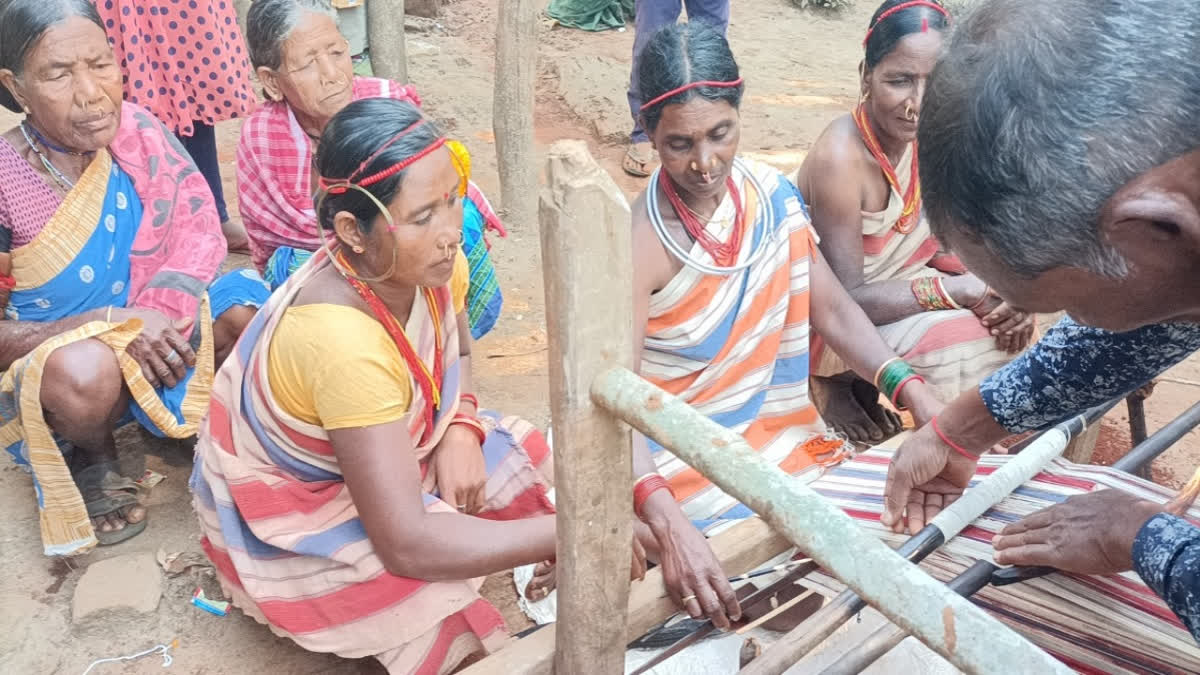Koraput/Bhubaneswar: For Sebati Sisa, 62, the capital city of Odisha did not matter for the time being. She seemed excited for the longer journey to New Delhi on Saturday to participate in an exhibition as a brand ambassador for the state's prized Kerang textile from a remote village in Koraput district. Dressed in wrap-around 'cropped' sarees in stripes of cyan, off white and orange - the typical colour combination seen only in Kerang weaves, Sebati, a Gadaba Adivasi woman, was eager to tell the story of the dying art, when ETV Bharat asked her on what hopes does she pin on the revival efforts.
"It is too early to say what will be the outcome of such revival efforts, but we survive on hope," says Sebati in Gutab dialect, typical to the Gadabas. She is currently among the older generation artists of the tribe, who are training the second and third generation Gadabas in the art of weaving the fabric.
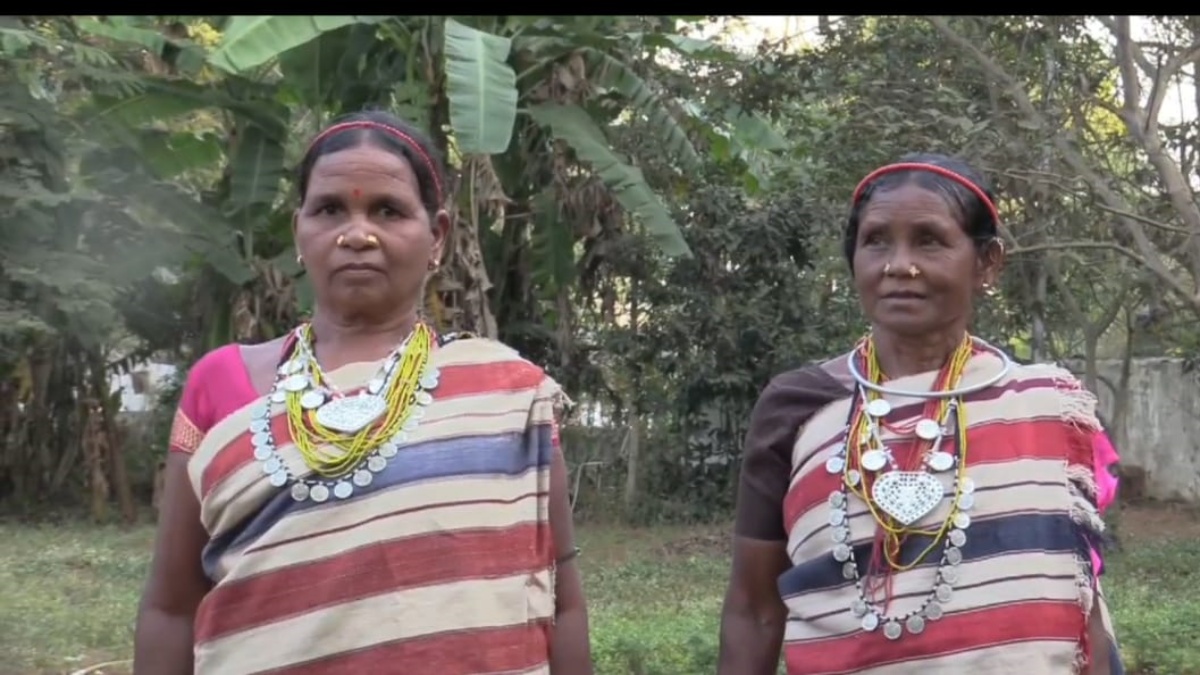
Kerang fabric is passed down through generations as it does not wear and tear easily. It is usually gifted to a daughter when she gets married, but unless a girl or a boy in the tribe is trained to weave, they are not considered fit for marriage.
Four years back, the Indian National Trust for Art and Cultural Heritage (INTACH) initiated steps to keep the art form alive. Taking along the district administration, State Handicrafts and Handloom Department, Forest Department and most importantly, winning the trust of the Gadaba Adivasis, INTACH officials spoke to the families that knew the art of weaving Kerang. A loom house was built in Raipada village in Lamataput block of the district. Around 11 looms were set up for the older generation women to work on and train the youngsters.
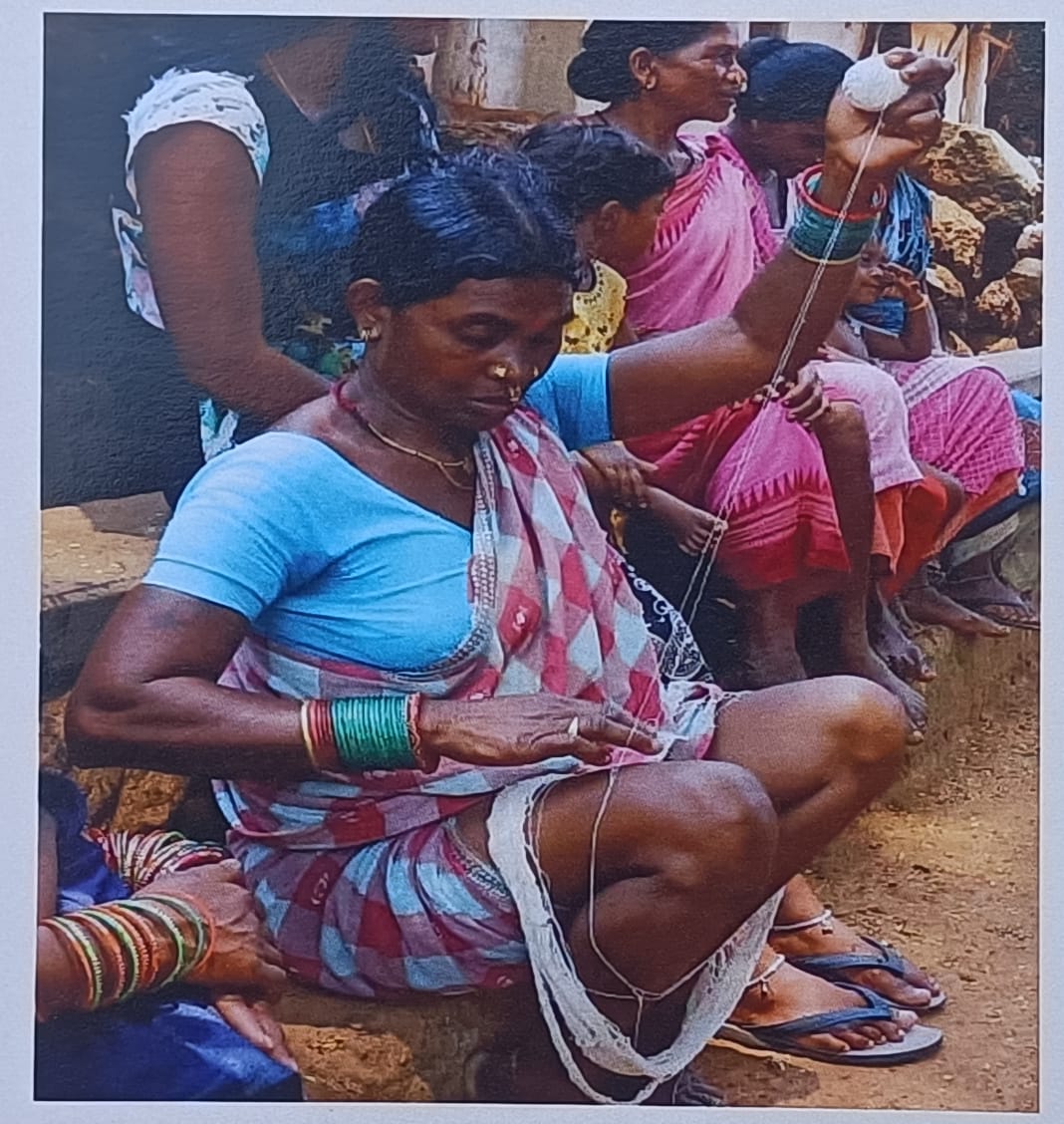
The fabric woven by the villagers so far has been taken by the INTACH which also compensates them. "It is something between Rs 2000 and Rs 3000 for a 12 inch by 12 inch Kerang fabric," says an official accompanying them to New Delhi for the exhibition being curated by the INTACH. Sebati along with Moni Kirsani are the only two participants from Odisha chosen to represent the pride of their handwoven textile, Kerang, along with representatives from 29 different states.
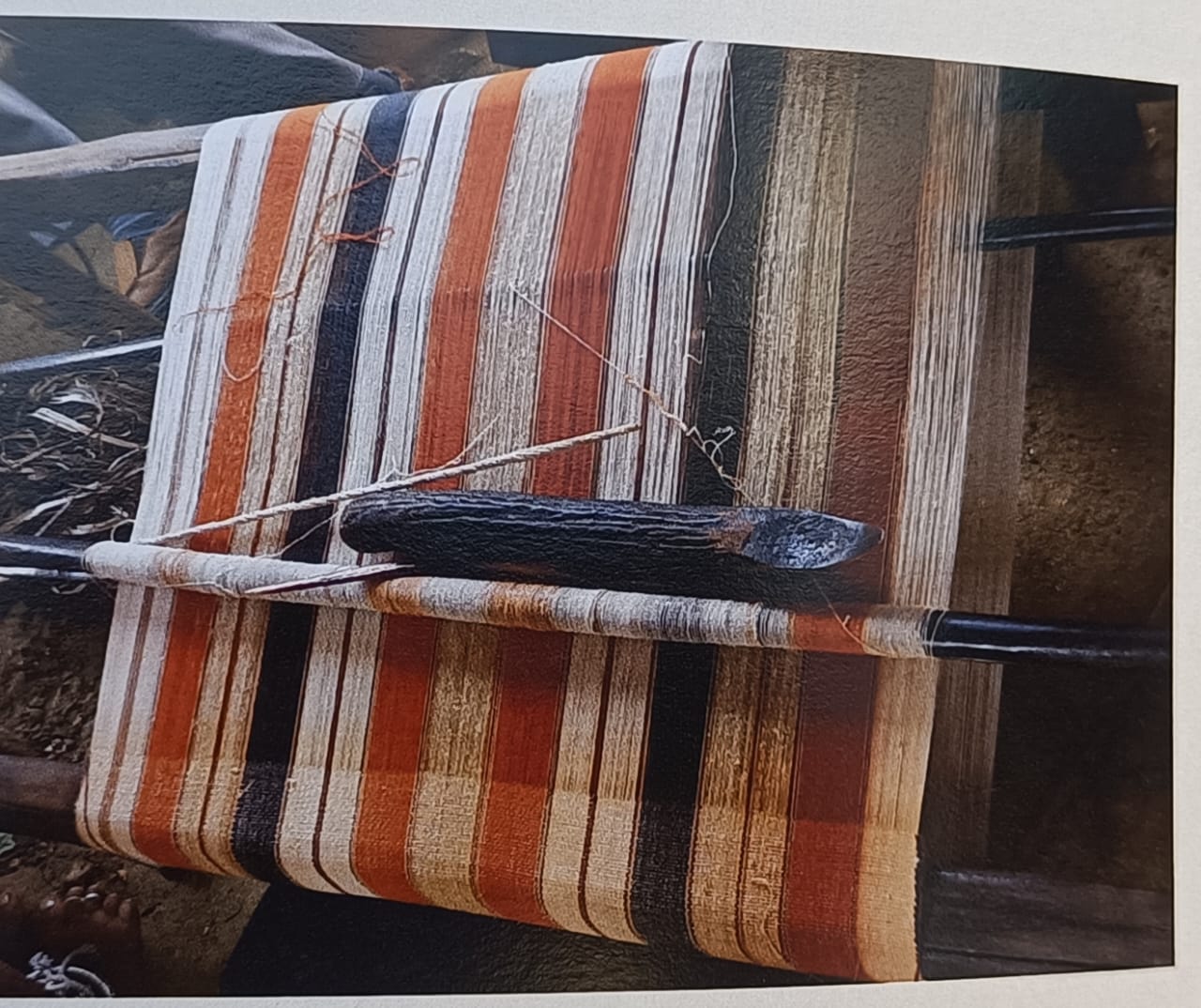
THE PROCESS AND THE TOIL
When Sebati starts explaining the process, it keeps one wondering, how such marvelous works of art could be relegated to the edges of obscurity. The thread being the most important part, is made from a plant called Kerang. It is a slimy thin plant that is uprooted, and its stem dried under the sun after being beaten with a hammer umpteen times. Once dried, it is left to cool for a few days and then brought out and hammered to smithereens. From those split stems are the threads rolled which are then polished, by being rubbed against the skin of the artist.
"It is hell of a task to complete even one ball of thread. It takes us days to extract threads from the plants. First, not all plants can be used for the fabric as the older ones (3-4 year old) do not give quality threads. So we need to choose the younger plants only. But even then, Kerang thread alone does not make a fabric. We need 'dom suta,' another thread, to bind the Kerang,” explains Sebati.
The dom thread is then coloured with the help of Siuna and Jaffra - while Jaffra produces orange colour threads, Siuna yields blue, which are also fetched from plants by the same name. “We now spend about seven hours in the loom house each day. It takes a toll on our calf muscles as we wind and polish the threads around our legs,” says Sebati, showing the chapped skin on her legs. “One piece of Kerang takes us at least 15 days to weave,” she states, adding, “There are people from Bangalore and other parts of the country who buy these products from us for as much as Rs 10,000.”
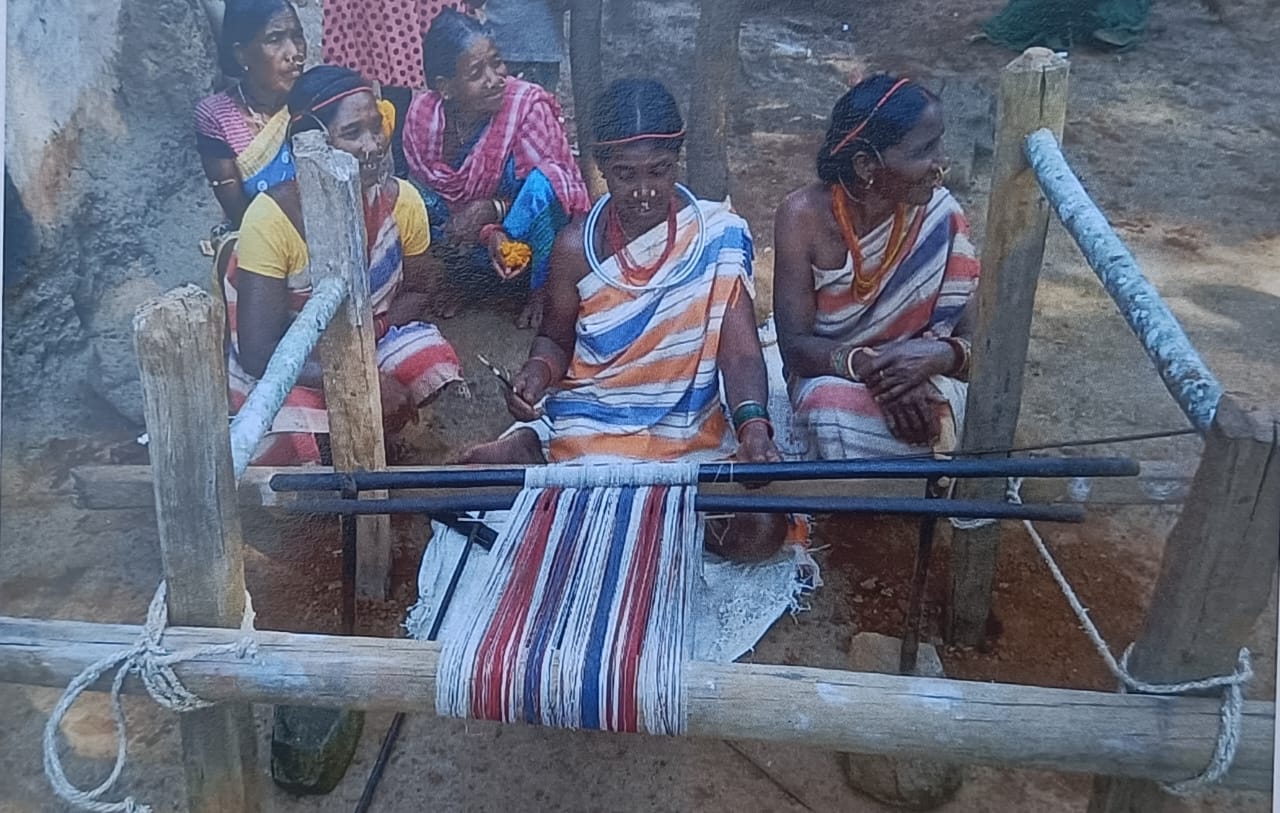
LIFE BEYOND FABRIC WEAVNG
Both Sebati and Moni get old age pension from the Odisha government but it is far too little a help for them. So at 60 plus years, both work at home, cook, do farming (mostly millets, ginger, peepla, turmeric and other cash crops) and by the time the clock strikes 10 am, they take rapid strides along with few others towards the loom house to begin weaving.
Raipada village, where Sebati and Moni live, has around 40-50 families, most of whom belong to the Gadaba tribe. However, many families abandoned weaving due to its labour-intensive nature, leaving their makeshift looms unused. “Our children started going to school and didn’t have time to learn weaving. Moreover, once they became educated, they wanted to move out of poverty and find jobs,” says Moni, whose son is pursuing college education in Koraput.
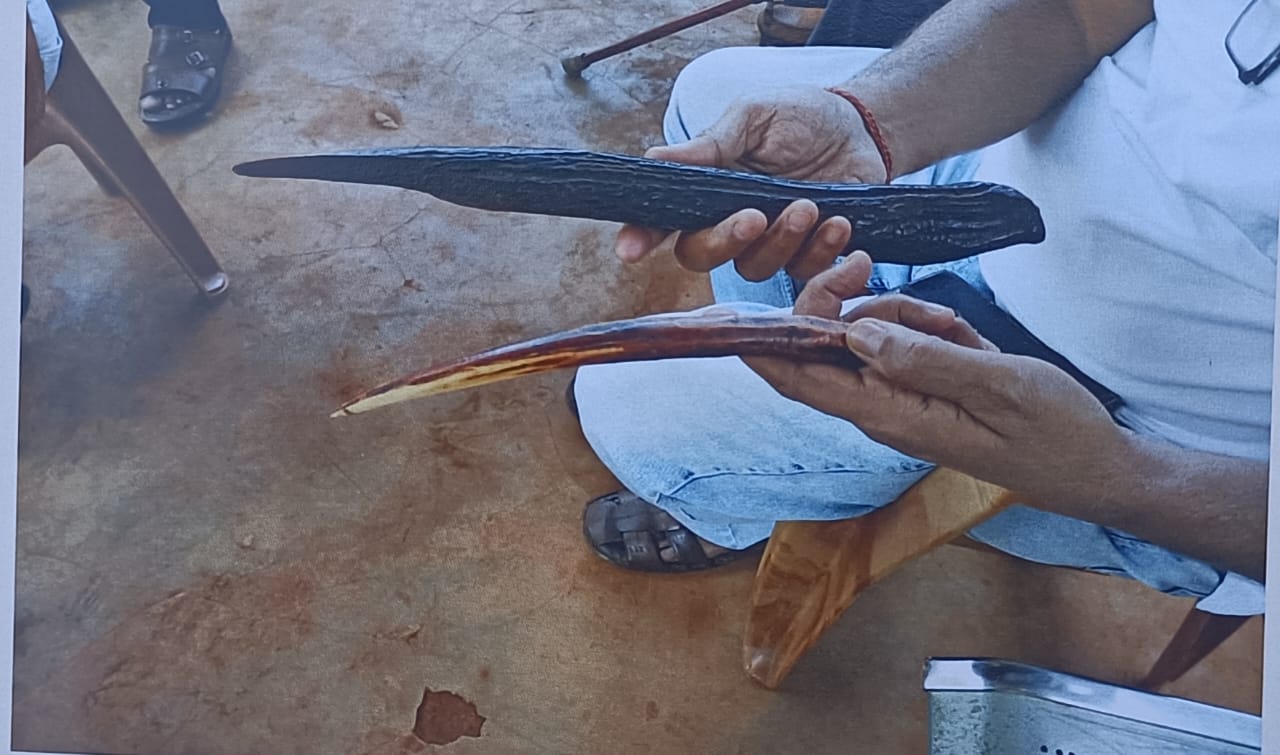
The nearest bank and higher education institute from Raipada village are located in Machkund, 30 kilometers away, while Guneipada is 12 kilometers away. The only mode of transport is the autorickshaw, which charges Rs 40 for a one-way trip to the bank. “People say we are rich in our legacy of making Kerang, but for us, it is difficult to survive on the meager money we earn. We sell our farm produce to traders from Jalaput, but our cloth should get a fair price given the hard work we put into it,” says Sebati, who, despite her sadness, breaks into a folk song. She quickly adds, “But we weave in silence because the thread work requires a lot of concentration.”
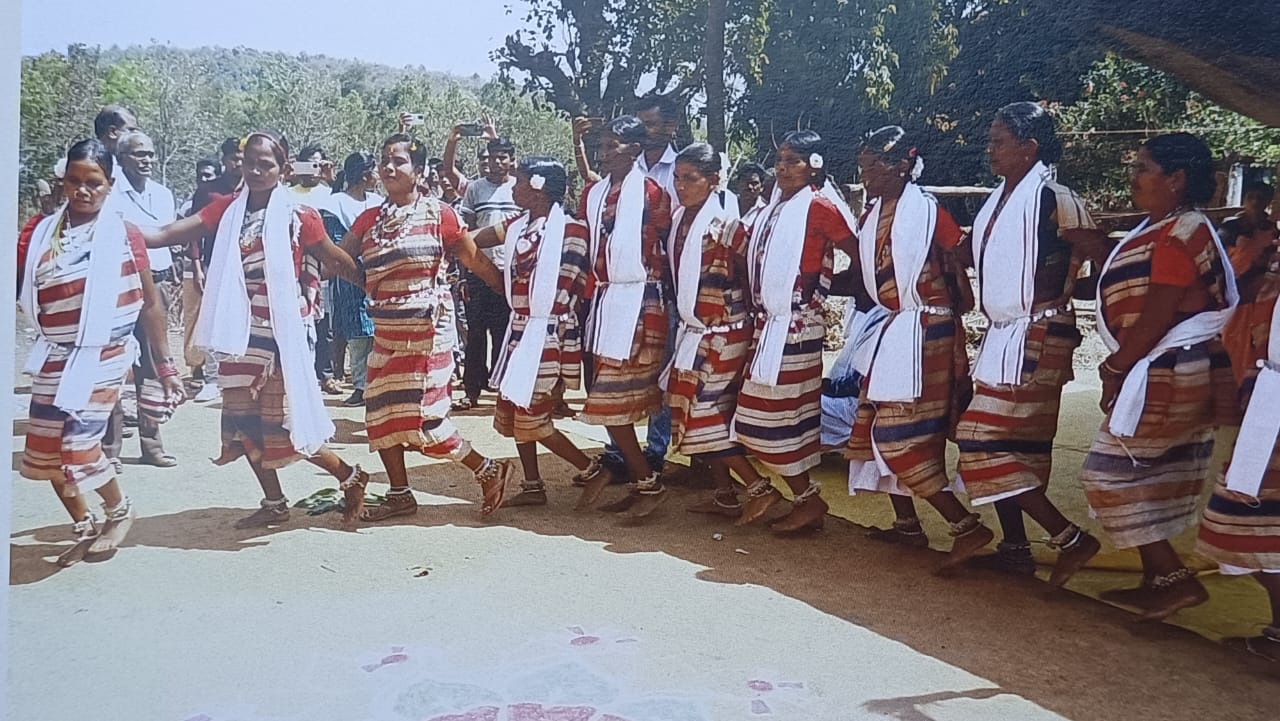
INTACH FEST IN NEW DELHI
Both Sebati and Moni will be demonstrating the making of Kerang at the Intach Utsav in New Delhi. "These women would exhibit live weaving of their traditional Kerang fabric. INTACH took up the restoration work of the art few years back and conducted a survey to trace the reasons behind the art's near extinction," said Dr. P. C. Mohapatro, Convenor of Koraput chapter of INTACH. So we explored the possibilities of reviving the traditional fabric, he added.
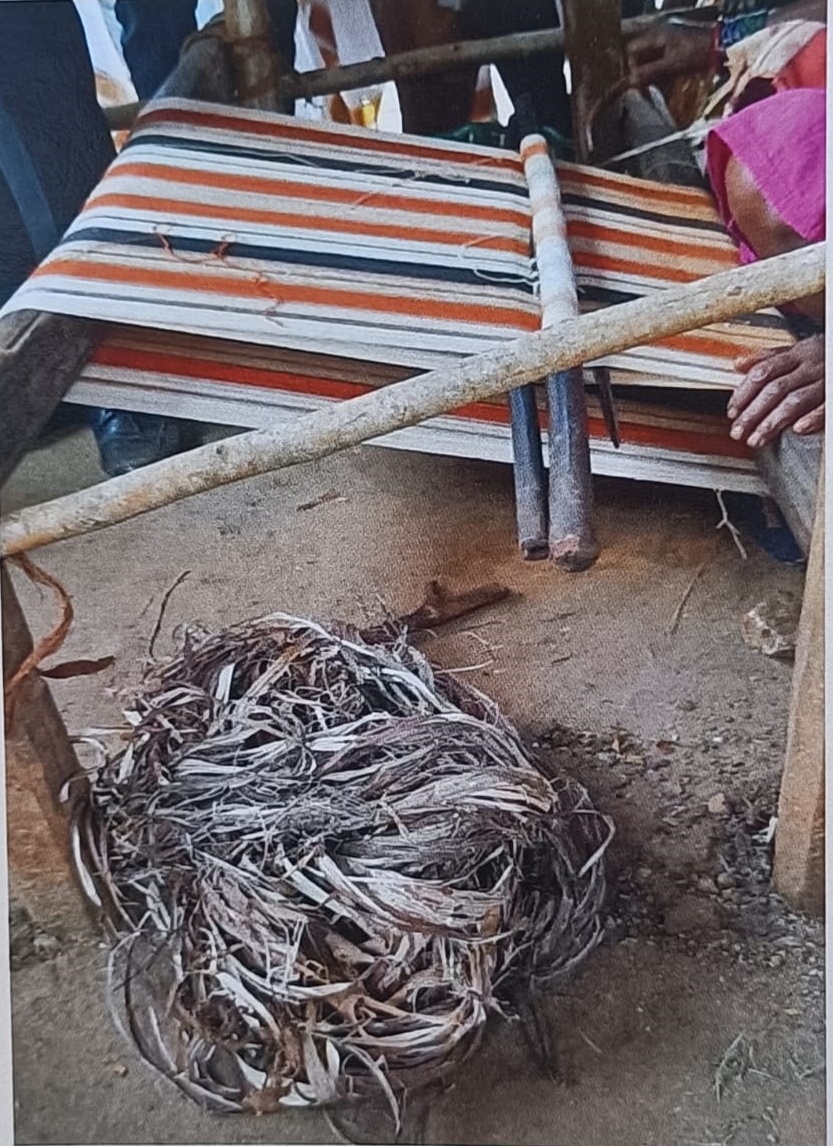
The INTACH began from the very first step by planting Kerang trees which are scantily available these days. They joined hands with the Forest Department to plant the Kerang and Siuna plants in large tracts to facilitate original thread making. "We also set up special looms for the community. The district administration supported for construction of a weaving house at Raipada village as a model workshop," he informed.
“We hope that Sebati and Moni’s participation will generate interest among the visitors in the Kerang fabric, inspiring them to contribute to the cause of its revival,” he said, adding that the process to secure a GI tag for the fabric has begun.
Read More
